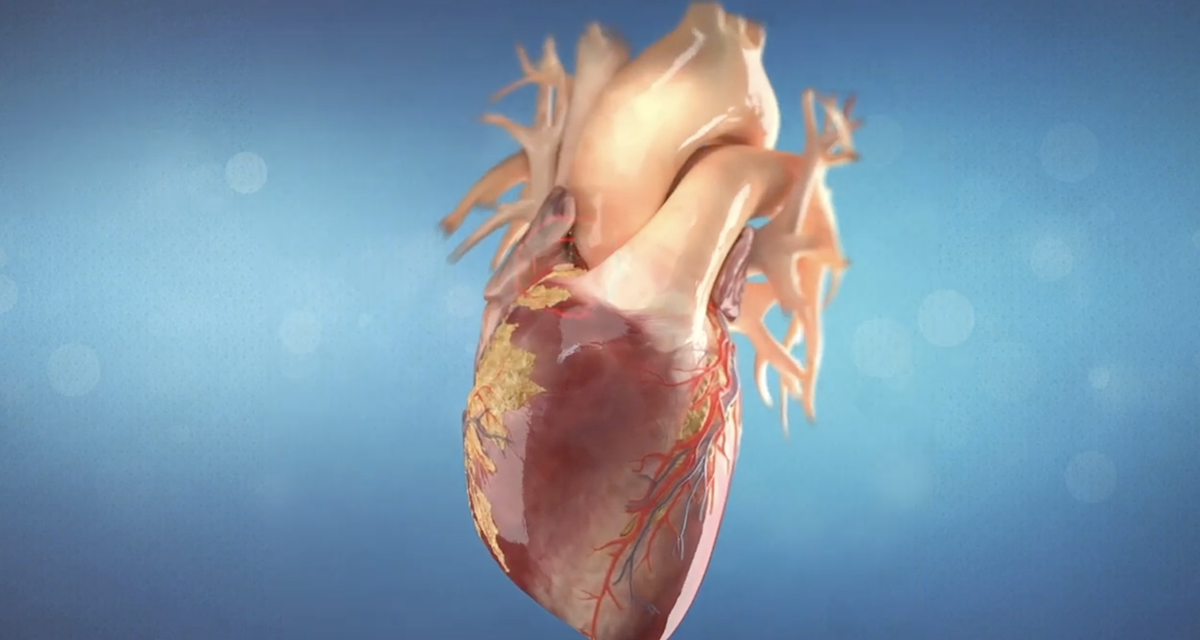
Revolutionizing Cardiac Care with Rotational Atherectomy
Mechanical plaque removal for arterial clearance
Rotational Atherectomy
Rotational Atherectomy is a sophisticated medical procedure designed to treat coronary artery disease (CAD) in cases where calcified plaque buildup poses challenges to traditional treatment methods. CAD is a condition leading to the narrowing & hardening of coronary arteries due to the accumulation of fatty deposits, known as plaque. While various treatment options are available, severe calcification cases demand specialized approaches like rotational atherectomy.
The Rotational Atherectomy Procedure: Navigating the Path to Wellness
The rotational atherectomy procedure is designed with patient well-being in mind. During this minimally invasive process, a skilled cardiac interventionist utilizes a small, rotating burr that gently grinds away the calcium deposits. This delicate approach ensures the preservation of the arterial wall while restoring its natural function. The procedure typically involves these key steps:
1. Diagnostic Assessment:
Before the procedure, comprehensive diagnostic tests are conducted to assess the extent of calcification and determine the suitability of rotational atherectomy.
2. Anesthesia:
Local anesthesia is directed to numb the treatment area to ensure the patient’s comfort throughout the procedure.
3. Guidewire Insertion:
A thin guidewire is carefully threaded through the artery to provide access and guidance for the rotational atherectomy device.
4. Calcium Removal:
The specialized burr is gently introduced and guided to the calcified area. It’s precise rotation allows differential cutting of calcium which make the calcium deposit thinner by ablating it down, allowing optimal expansion of the stent and regain proper blood flow.
5. Recovery and Monitoring:
Patients are closely monitored following the procedure to ensure a smooth recovery. Most individuals can resume their daily activities quickly, experiencing improved heart health and reduced symptoms.
Benefits of Timely Rotational Atherectomy Treatment
Rotational atherectomy is a remarkable medical advancement that can potentially transform the lives of those with calcified coronary arteries. Its patient-centric approach, precise procedure, and focus on improving heart health are a beacon of hope for individuals seeking wellness.
Frequently Asked Questions
What is rotational atherectomy?
Rotational atherectomy is a medical procedure for treating coronary artery disease (CAD). It involves using a specialized catheter with a diamond-coated burr at its tip, which is rotated to eliminate calcified plaque from the arterial walls, restoring blood flow.
How is the rotational atherectomy procedure performed?
A catheter is inserted into the affected coronary artery during a rotational atherectomy procedure. The diamond-coated burr at the catheter’s tip is then rotated at high speed to ablate the calcified plaque. The debris is removed through suction or flushed out using saline.
What are the risks associated with rotational atherectomy?
Like any medical procedure, rotational atherectomy carries some risks. Potential complications include damage to the arterial walls, dissection of the blood vessels, irregular heart rhythms, blood clot formation, and the risk of plaque debris blocking smaller blood vessels downstream.
Is rotational atherectomy suitable for everyone with coronary artery disease?
Rotational atherectomy is typically recommended for patients with heavily calcified and difficult-to-treat plaques. However, the procedure is not suitable for everyone. The decision to undergo rotational atherectomy is made by an experienced interventional cardiologist based on the patient’s specific condition and medical history.
Are there alternative treatment options to rotational atherectomy?
There are alternative treatment options for managing coronary artery disease. These include balloon angioplasty, stent placement, intravascular lithotripsy, and cutting balloon angioplasty. Treatment choice depends on factors such as the severity and location of the calcium deposits and the individual patient’s overall health.
Subscribe to Platinum For Heart Newsletter
Sign up now and get free access to our monthly newsletter on Heart health & More
Sources:
1. www.aiims.edu
2. www.pgimer.edu.in
3. www.medanta.org
4. www.apollohospitals.com
5. www.fortishealthcare.com
Disclaimer: The information presented by Boston Scientific Corporation is for educational purposes only and does not recommend self-management of health issues. The information should not be treated as comprehensive and does not intend to provide diagnosis, treatment or any medical advice. Individual results may vary and hence, it is advisable to consult your doctor regarding any medical or health related diagnosis or treatment options.
IC-1660001AB-0923


